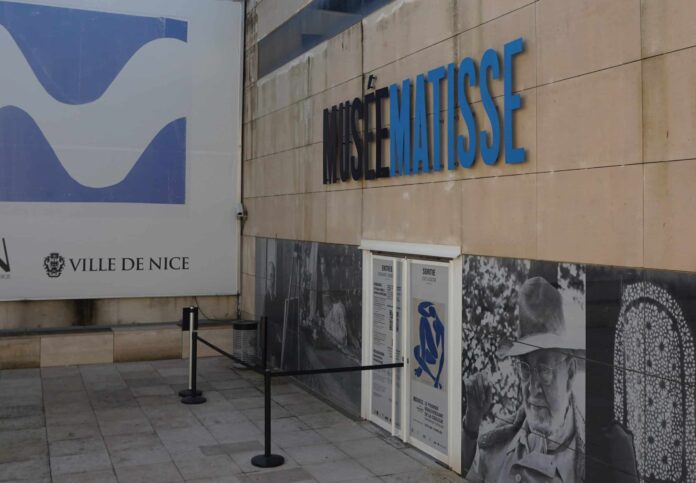The Nice museum has recently welcomed “Still Life with African Statuette,” a painting from 1907 donated by Barbara Duthuit, the painter’s heir. This donation marks a new chapter in the museum’s history and in the relationship between the Matisse family and the City of Nice.
Henri Matisse returns to Nice, in a way. More than a century after the creation of Still Life with African Statuette, the painting officially enters the collections of the Matisse Museum. The donation was made by Barbara Duthuit, the widow of the painter’s grandson, Claude Duthuit. This gesture continues a story that began over seventy years ago between the artist’s family and the City of Nice.
An initiative praised by the mayor of Nice, labeled historic for the city. The work, kept in the United States until 2019, returned to France in 2025 after a long administrative process conducted with the Ministry of Culture and customs services. It is now listed in the inventory of “Museums of France” under number 25.4.1.
A Unique Painting in Matisse’s Work
Painted in 1907, Still Life with African Statuette reflects a pivotal period in Matisse’s career. After a trip to Algeria in 1906, he discovered African art in Paris at the house of dealer Émile Heymann, where he purchased a Vili statuette from the Congo. This sculpture became the centerpiece of a striking painting: Matisse depicted it not as an exotic curiosity, but as a familiar object integrated into his universe.
The painting measures more than a meter high. It combines bold colors, notably red, and a use of white that allows the canvas to breathe. The artist invents a new way of organizing space. The objects, fabrics, and sculpture interact in a balance that heralds the decorative exploration of his later works.
This painting holds a special place: it is one of the rare literal appearances of an African object in Matisse’s work. The artist is interested here in the “substance” of African art, according to historian Yve-Alain Bois, more than its appearance. The canvas thus opens an early dialogue between cultures and forms, which Matisse would continue throughout his career.
A Rare Enrichment for the Museum
The Matisse Museum now houses nearly 800 works, including 31 paintings. The entry of a new painting into this collection is an event. The last acquisition of this type dates back to 1963, the year the museum was inaugurated.
This donation strengthens the acquisition policy pursued by the institution. It also complements an already rich set of still lifes, some depicting objects featured in the 1907 painting, such as the pot with pink and green decor or the Rhine wine glass.
For Aymeric Jeudy, the museum director, this work “opens a new chapter” in the life of the establishment. It demonstrates the continuity of a bond between the artist, his descendants, and the city of Nice, where Matisse lived and worked for a long time.
A Tradition of Transmission
The Matisse Museum owes its existence to the generosity of the painter and his daughter, Marguerite Duthuit. Since 1953, several successive donations from Henri Matisse and his heirs have formed the core of the collection. These donations have been supplemented by deposits from the State, hailing from the Louvre, Orsay, or the Pompidou Center.
Barbara Duthuit follows in this continuity. By giving Still Life with African Statuette to the City of Nice, she perpetuates a family tradition and a lasting connection with the museum. The gesture, prepared over several years, benefited from the support of the Ministry of Culture and the Regional Directorate of Cultural Affairs Provence-Alpes-Côte d’Azur.
The work, in excellent condition, is now on display at the museum, in the 17th-century villa that houses the collections at the heart of the Cimiez hill.
The Matisse Museum, Between Legacy and Openness
Inaugurated in 1963, the Matisse Museum is located on a UNESCO World Heritage site. It brings together the works and personal objects of the painter, allowing an insight into the evolution of his art. Its museography offers both a chronological and thematic journey, giving visitors a comprehensive view of Matisse’s work and influences.
The museum also develops a program of temporary exhibitions that explore dialogues between Matisse’s works and those of other artists and traditions. These projects, supported by a network of French and international partners, help to renew the interpretation of his work.
The arrival of Still Life with African Statuette is part of this approach. It connects the past and present of the museum, reminding that Matisse’s art remains alive.
The Matisse Museum Nice
Address: 164, avenue des Arènes de Cimiez, Nice
Open every day except Tuesday
www.musee-matisse-nice.org


